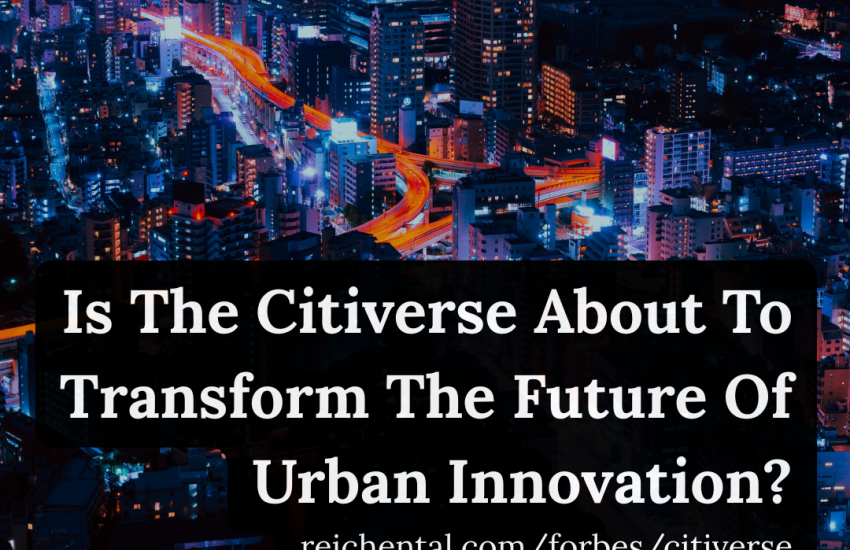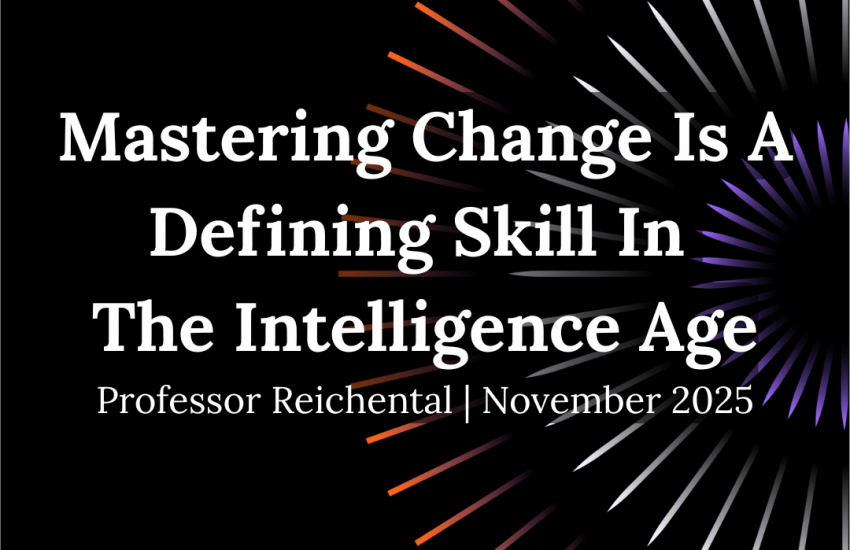The Future of Government Services, Part 2
Written by Dr. Jonathan Reichental, CEO, Human Future, and Chetan Choudhury, Government Adviser
This is part 2 of a 4-part series on the future of government experiences. You can find part 1 here.
Introduction
All over the world, the manner in which constituents engage with government services is evolving. Once limited mostly to phone calls, email, and in-person, many services are now delivered via dynamic websites and feature-rich apps. It’s a welcome development, but there is much work ahead to fully realize the value and benefits of digital government services.
With all the benefits of moving to digital experiences, what is standing in the way of broader adoption?
Let’s begin to answer this by briefly looking at four core benefits of moving government experiences online.
Four Benefits of Digital Experiences
First, online transactions are notably more convenient. This applies to both the constituent and the government entity. It’s fair to say that most of us would probably prefer to engage with government from our home computer or on a smartphone at our leisure. It’s better than having to go to a physical location at an appointed hour to stand in line.
For the government employee, repeating the same answers or supporting basic, repeatable services over-and-over–while important and valuable–may not be the best use of their talent.
Next is efficiency. Assuming that the transaction requested is fairly routine and not too complex, it can be created and processed online promptly with ease. All inputs can be confirmed which provides confidence, and notifications can be automatically generated to keep the requester informed in a timely fashion.
Third, online transactions are a fraction of the cost of phone calls or in-person interactions. Lower cost for the public entity means money saved can be diverted to higher value activities. It may also mean that if there is a processing fee for the requester due to manual overhead, it can be reduced.
Finally, accuracy is improved. An analog service can involve multiple paper forms and important information bring provided verbally to several people. The risk of errors is high. A transaction captured electronically, particularly with validations along the process, increases the accuracy and integrity of information provided.
Each of us can think of many more, but these four captures from our perspective, the spirit of the benefits.
But what are the challenges? For this exercise, we’ll also discuss four core reasons.
Four Challenges in Moving to Digital Services
First, the process of digitalization can be costly to implement. Even though digitalization is generally becoming cheaper and more accessible, the process of re-platforming and integrating services from analog to digital comes at a premium. At the same time, prioritizing spend in a government agency can pose a more daunting challenge than the spend itself.
Prioritizing spend in a government agency can pose a more daunting challenge than the spend itself.
Next, not all services among the thousands that a government system could potentially provide, are amenable to an end-to-end online experience. Many services or components of a service could require interaction with a person. It must also be acknowledged that in the short to medium term, in addition to building their digital equivalents, many analog services may need to remain for those without digital access. Creating an inventory of what services are good transformational candidates versus those that are not, is a great first step in a digitalization strategy.
Third, the culture within many government entities is not yet aligned with where society is trending. All organizations struggle to keep up with the needs, expectations, and preferences of their consumers. It’s the nature of business. Government is no different, other than being somewhat more gradual in responding. Business as usual is a far easier state to be in than going all in for digital by default.
The entities that do best in moving their services online have made it a deliberate strategy that is, in turn, catalyzed and driven by enthusiastic leaders.
Finally, it’s simply hard to do this. There are technical and managerial challenges to moving processes to dynamic websites and feature-rich apps. Entities need to identify the talent, whether in-house, external, or a combination, to make it happen. This can become particularly challenging for smaller government entities with limited access to a local pool of developers and coders. Creating and supporting the necessary interfaces to make processes flow smoothly can be hindered by old systems and poor technical architecture. Ensuring privacy and managing cybersecurity is a top priority but can also increase risks that entities may struggle with and want to avoid in the short-term.
It’s Not If, It’s When
Today, it is not just about making services available online. Given the change in constituent expectations, the momentum is towards creating delightful online government experiences. It’s a shift, but it has obvious advantages to all stakeholders.
Government entities must decide not whether they will move most of their interactions online, but rather, when they believe they are ready and what it will take for them to get there.
————————————————————————————————————
At the World Government Summit in Dubai in February this year, leaders from around the world discussed these challenges at a government services forum. You can read the report of that discussion here: https://gx.ae/en/resources/government-services-forum-at-the-world-government-summit-2019-detailed-report
This is part 2 of a 4-part series on the future of government experiences. You can find part 1 here.


